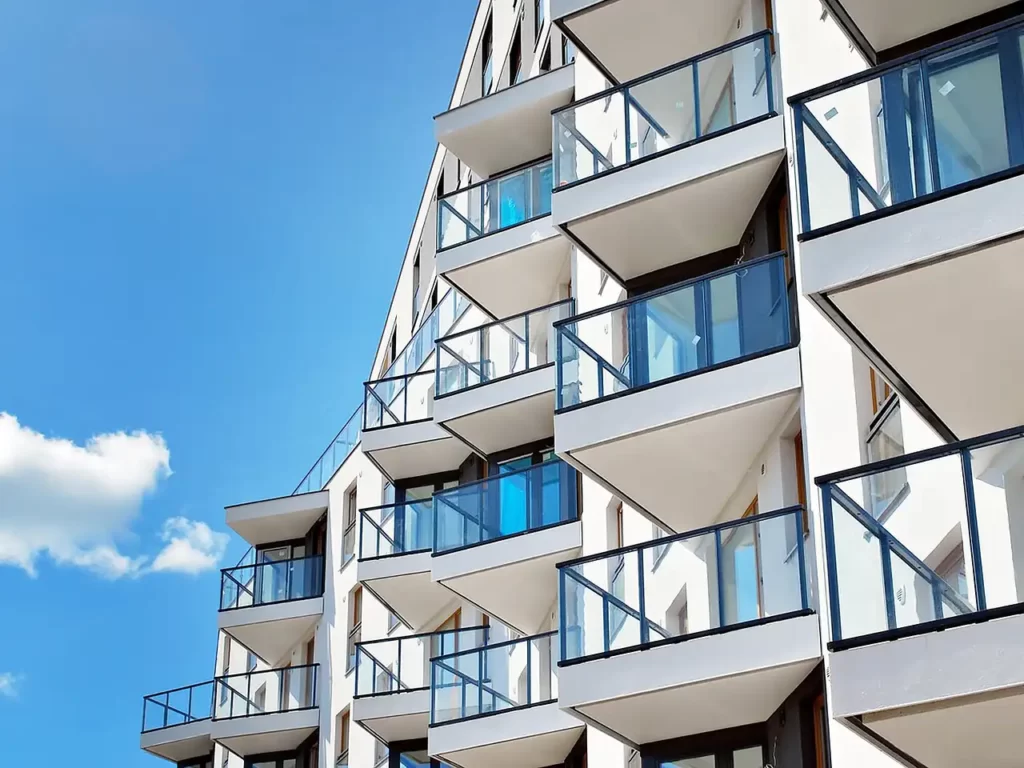How is the balcony insulation done step by step? The most important information in a nutshell
How to properly insulate a balcony? Expert advice
When securing the balcony, it is extremely important to pay attention to sensitive areas such as all corners and the joints between the flashings and the concrete. We need to know that new buildings take a long time to settle and the building structure works hard.
In the first instance, there is a lot of cracking at the joints of the structure and this can lead to cracks in the waterproofing. Old buildings are also affected, as the laws of physics and harmful weather conditions continue to act on them. When temperatures change, concrete expands and then contracts, which also leads to cracks and fissures.
The solution to such situations is to use reinforcing and sealing tape WB TAPE PRO. Tape WB TAPE PRO not only has reinforcing properties, but unlike many other tapes on the market, it is waterproof. If a crack occurs and the waterproofing fails, the tape will protect the building from water penetration. Tape should be laid on all corners and joints with drip caps. If the balcony is large and there are expansion joints, these should also be taped.
It is also important to remember that it is worth using solutions that are part of a single system. This ensures full compatibility of the individual components and eliminates the possibility of adverse chemical reactions between the products.
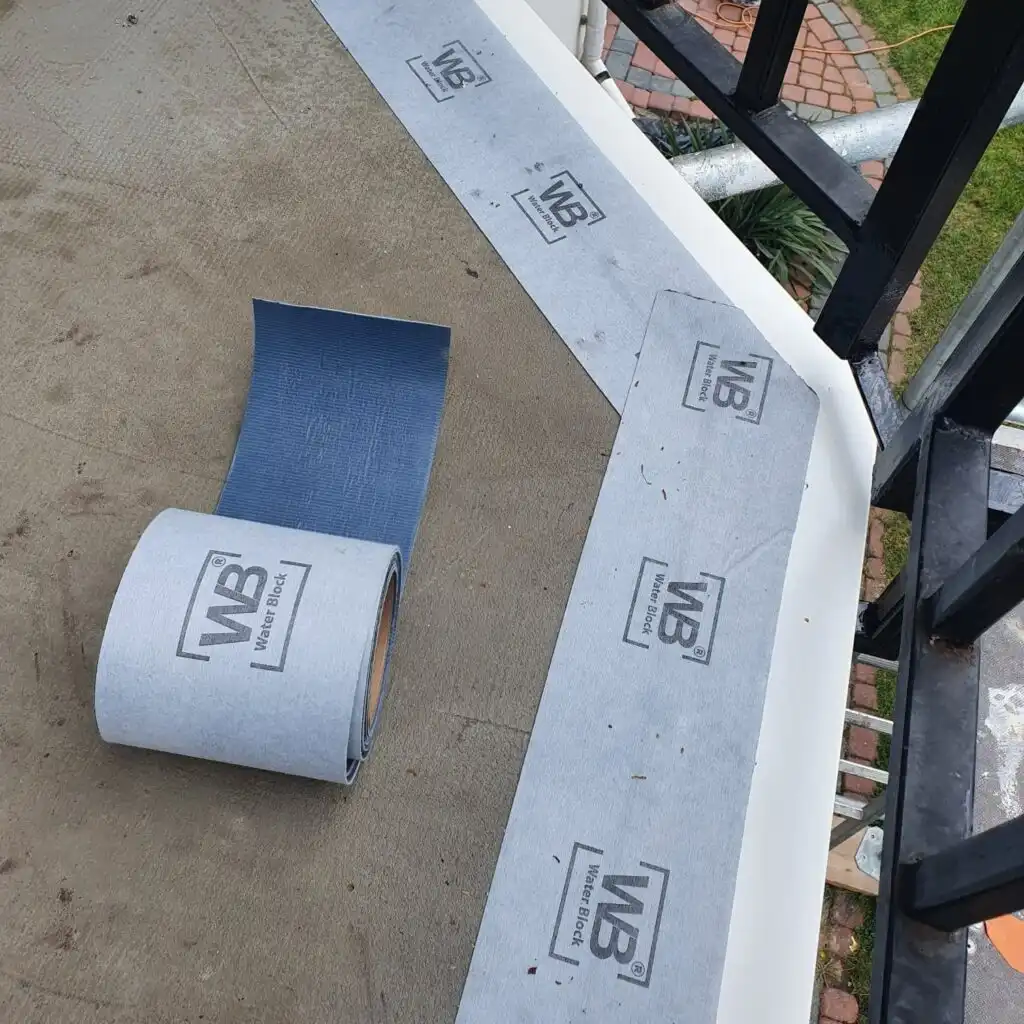
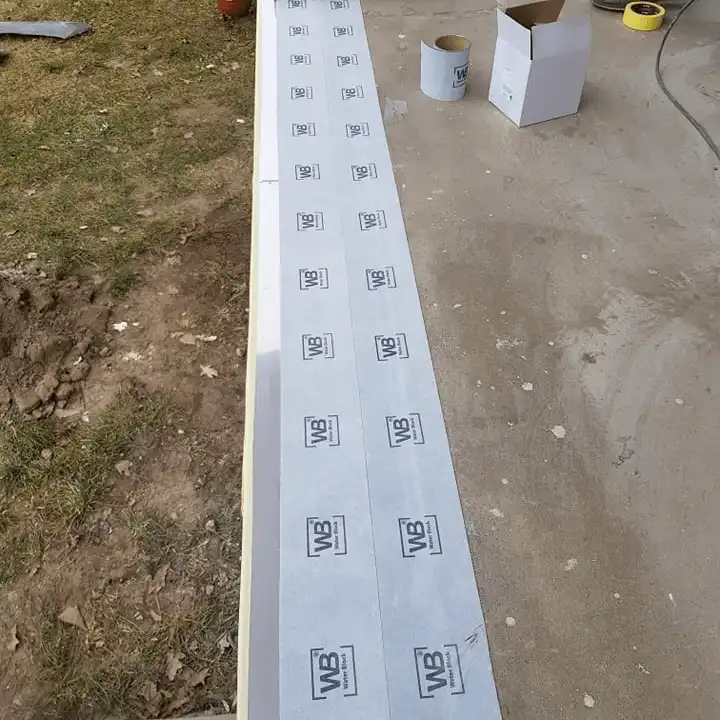
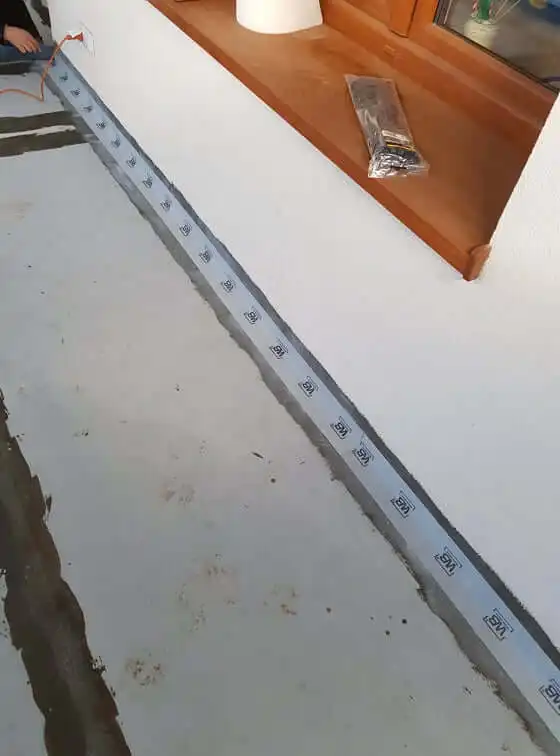
Proper waterproofing of a balcony - how should it be done?
If the substrate has already been primed and the WB TAPE PRO we can proceed with the waterproofing of the balcony. For this we need two different waterproofing systems: WB DUO FLEX as an adhesive for WB MEMBRANE and at the same time a waterproofing layer and WB 2K as the final layer to be applied after the surface has been covered with the material WB MEMBRANE.
Both insulations are characterised by their ease of application and good adhesion to the substrate. They form flexible coatings that are resistant to freezing and thawing cycles. They remain flexible even at very low temperatures.
WB MEMBRANE reinforces the substrate and improves its tightness in areas of very high water pressure. It has a hydrostatic pressure loading capacity of 0.5 MPa, a temperature resistance of - 30 °C to + 90 °C and a high tensile strength of up to 13 MPa. It withstands a water column pressure of 50 metres per square cm. Application WB MEMBRANE in both terrace and balcony systems guarantees airtightness for many years, even under extreme weather conditions. Traditional finishing materials such as tiles on glue, as well as ventilated systems such as slabs on feet and decking boards can be laid on top of such a systemically executed insulation.
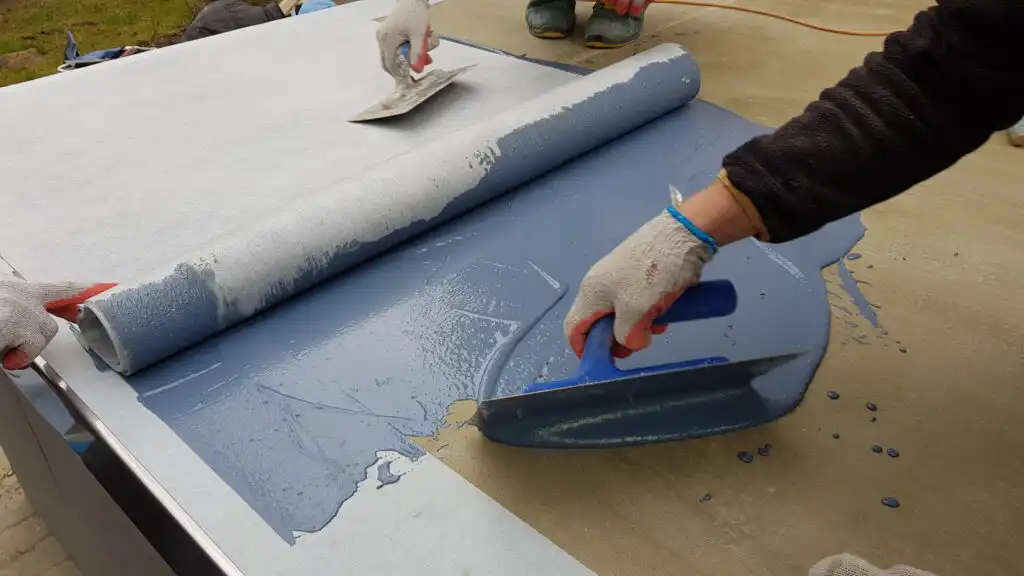
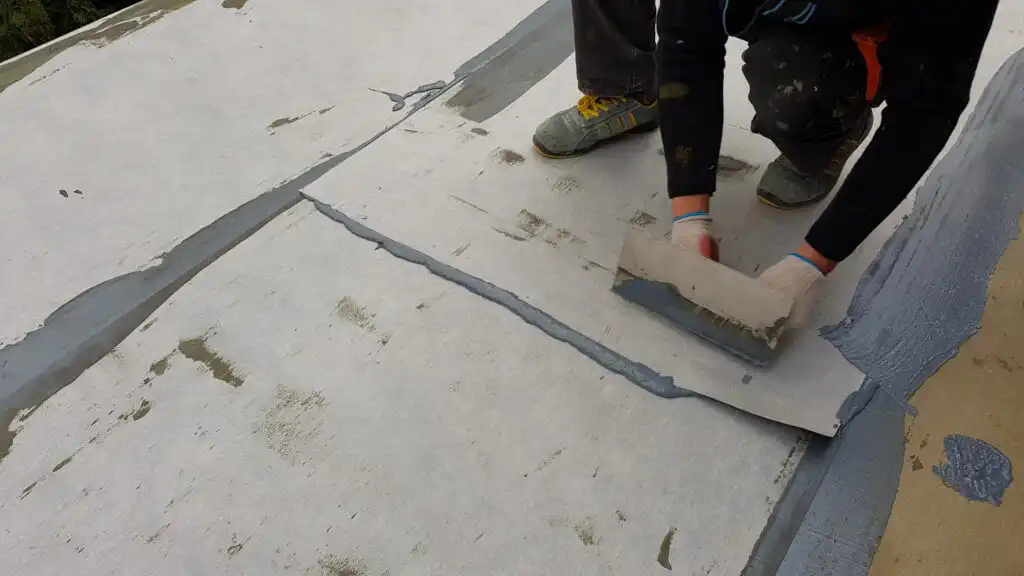
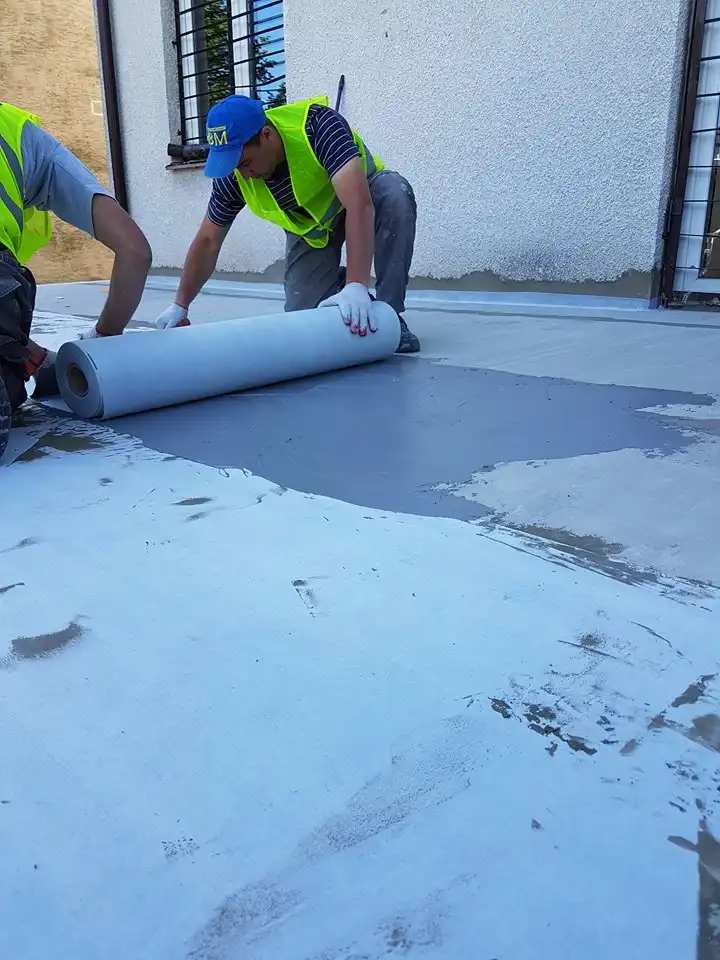
Work sequence for waterproofing a balcony
Instructional video
Sequence of work in waterproofing a balcony:
- Prepare a concrete slab with a slope. For this you can use material WB FAST FLOOR
- Prime the substrate with primer WB PRIMER
- Tape in the corners and at the joints with the drips WB TAPE PRO.
- Apply the waterproofing ( WB DUO FLEX - WB MEMBRANE - WB 2K )
- Use your preferred finish (tiles on glue, boards on adjustable feet or composite decking. Remember to use the correct adhesive and grout for bonding the tile cladding. WB FLEX GLUE and WB FUGE FLEX is an adhesive and grout designed for such demanding areas.
Materials needed:
Consumption of materials in the balcony insulation process:
- Waterproofing WB Duo Flex 20 kg - sufficient for 13 to 15 m2
- Waterproofing WB Duo Flex 10 kg - Sufficient for 6.5 to 7.5 m2
- Waterproofing WB 2k - Sufficient for 10 to 12 m2
To balcony finishes:
As a finishing touch, you can use solutions with traditional bonded tiles or choose a modern ventilated balcony system - slabs on adjustable feet or composite decking.


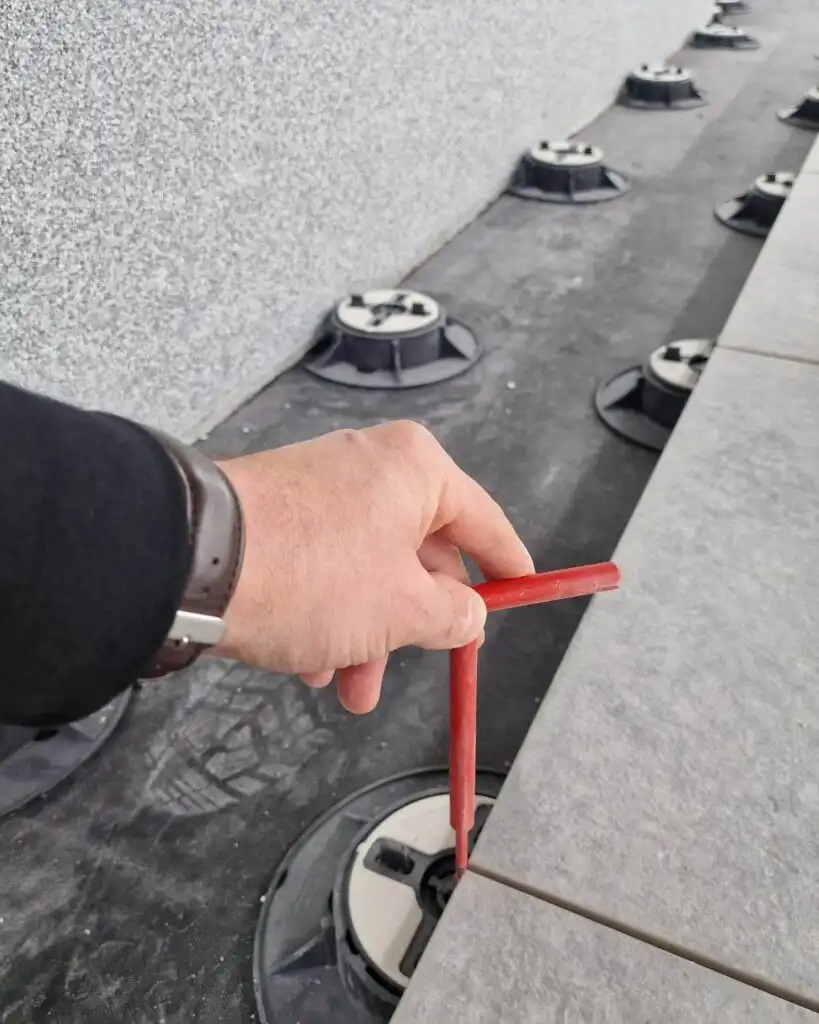
Remember!
If you are not sure how much material you need for your balcony, you can always use our help. Write or call our technical department.
+48 730 022 002
Key information you need to know
- Waterproofing protects the balcony structure from moisture and corrosion.
- In Water Block you will find complete systems for insulating balconies.
- The slope of the slab should be 1-1.5% to allow water to drain freely.
- Use only compatible system products for insulation.
- Avoid installing railings through a layer of tiles - always from underneath.
- Expansion joints are essential for larger balcony areas.
- Carry out sub-tile insulation in two coats with drying time.
- Joints should be wide and flexible, tiles no larger than 33×33 cm.
- Each stage requires accuracy - prevention is better than repair.
- Water Block offers technical support and advice at every stage of the work.

